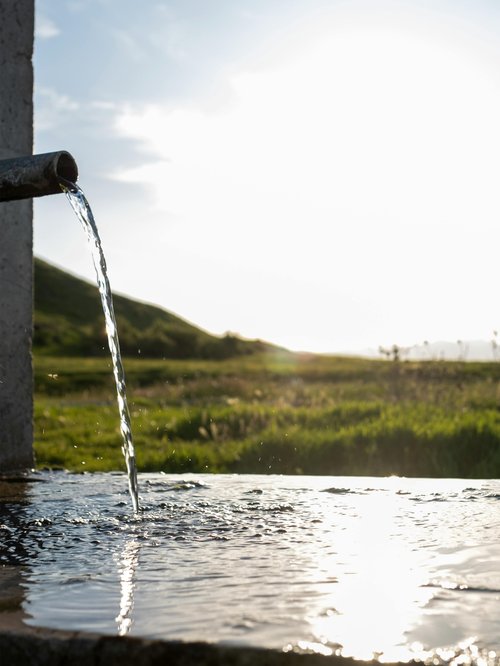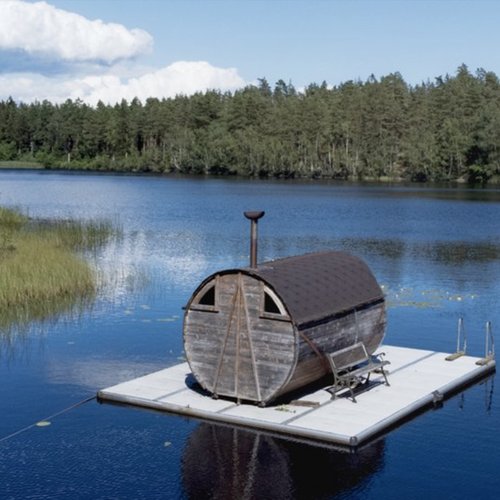
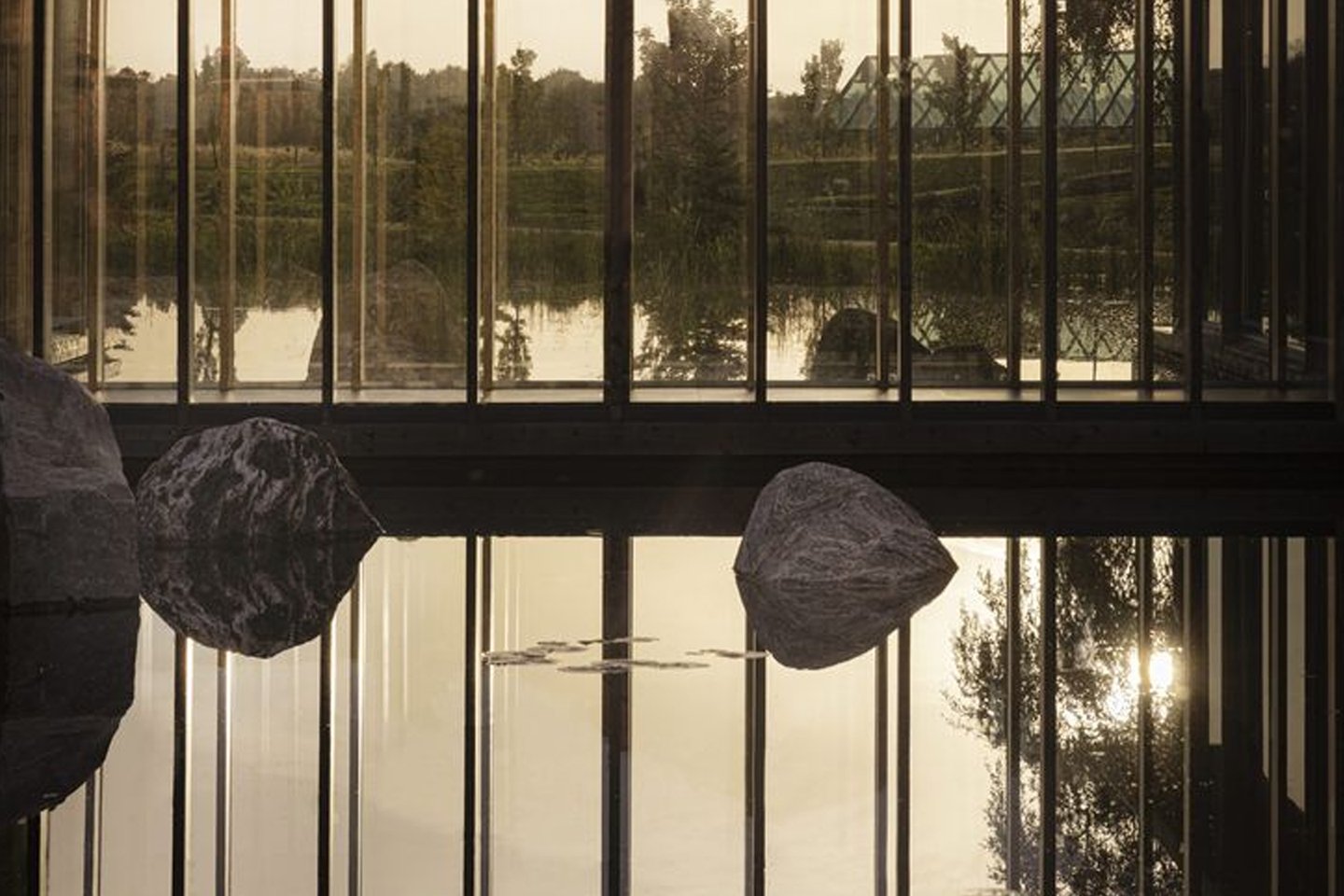
3 min read
Sacred Waters
How global bathing traditions inspire wellness, ritual and sustainable living.
- Words
- Elissa Rose
Water is more than sustenance; it is a ritual, a restorative force woven into the fabric of human history. From ancient times, Homer wrote about the wide variety of baths available for health in around 900 BCE, and the Spartans even created primitive vapor baths, forerunners of the steam shower. Today the tradition continues, from the steaming onsens of Japan to the mineral-rich hammams of Turkey and the purifying heat of Finnish saunas, water has long been a conduit for healing and renewal. It is worth reflecting on these traditions – not just as distant customs but as inspiration for the way we design and inhabit our homes. By drawing from these time-honored wellness practices, we can cultivate spaces that reveal water’s curative power while embedding sustainability into daily life.

The Japanese Onsen: Tranquility Through Thermal Waters
Nestled in volcanic landscapes, Japanese onsens – hot springs and bathing facilities – are steeped in tradition, offering a sanctuary where body and mind are cleansed. These natural hot springs are imbued with minerals that soothe the skin, relax the muscles, and invite contemplation. The practice of hot spring bathing has been shown empirically to support wellbeing and improve mental health, while other studies report a positive impact on gut microbiota. The practice of onsen bathing is methodical – one first washes before entering, ensuring that the shared waters remain pure. Silence is customary, allowing bathers to engage in a meditative experience, attuned to the warmth enveloping their bodies and the surrounding natural beauty.
Incorporating the Onsen at Home
A home balneotherapy space, where you bathe in mineral-rich waters, can embrace the serenity of an onsen by prioritizing natural materials and a minimalist aesthetic. A deep soaking tub, such as a hinoki wood ofuro, can mimic the immersive experience of a Japanese bath. Enhancing the space with elements of nature, such as stone, bamboo and soft lighting, encourages a meditative atmosphere. Temperature regulation, water conservation and the use of gentle, biodegradable soaps align with the ecological reverence at the heart of onsen culture.

The Finnish Sauna: Heat, Healing and Community
In Finland, the sauna is more than a place to sweat; it is an institution of health and connection, so much so that up until the 1940s many women would often give birth within its walls. In Finnish history the sauna represents a sacred liminal space – one of crossing or transcending boundaries. In those places the ill were cared for, brides anointed for marriage and preparations for death were made. The alternating cycle of intense heat and cooling plunges is believed to improve circulation, boost immunity and cleanse the skin. More than this, the sauna is a space for shared silence, reflection and togetherness. Traditionally, the experience is punctuated by löyly – the moment water is poured over hot stones, releasing a wave of purifying steam that deepens relaxation. Lastly, research has shown that sauna use can have a demonstrable effect on human health, reducing the risk of hypertension, Alzheimer’s and strokes and can even lessen chronic pain.
Adapting the Sauna Experience
A home sauna need not be extravagant; it can be as simple as an infrared unit or a small wooden chamber designed to retain heat efficiently. To truly honor the spirit of the Finnish sauna, ventilation and sustainable wood sourcing are paramount. Integrating a cooling element, such as a plunge pool, cold shower or even a natural water feature, completes the cycle of heat and renewal. The sauna space should be a retreat from digital distractions, a place of pure presence where the body resets and the mind quietens.
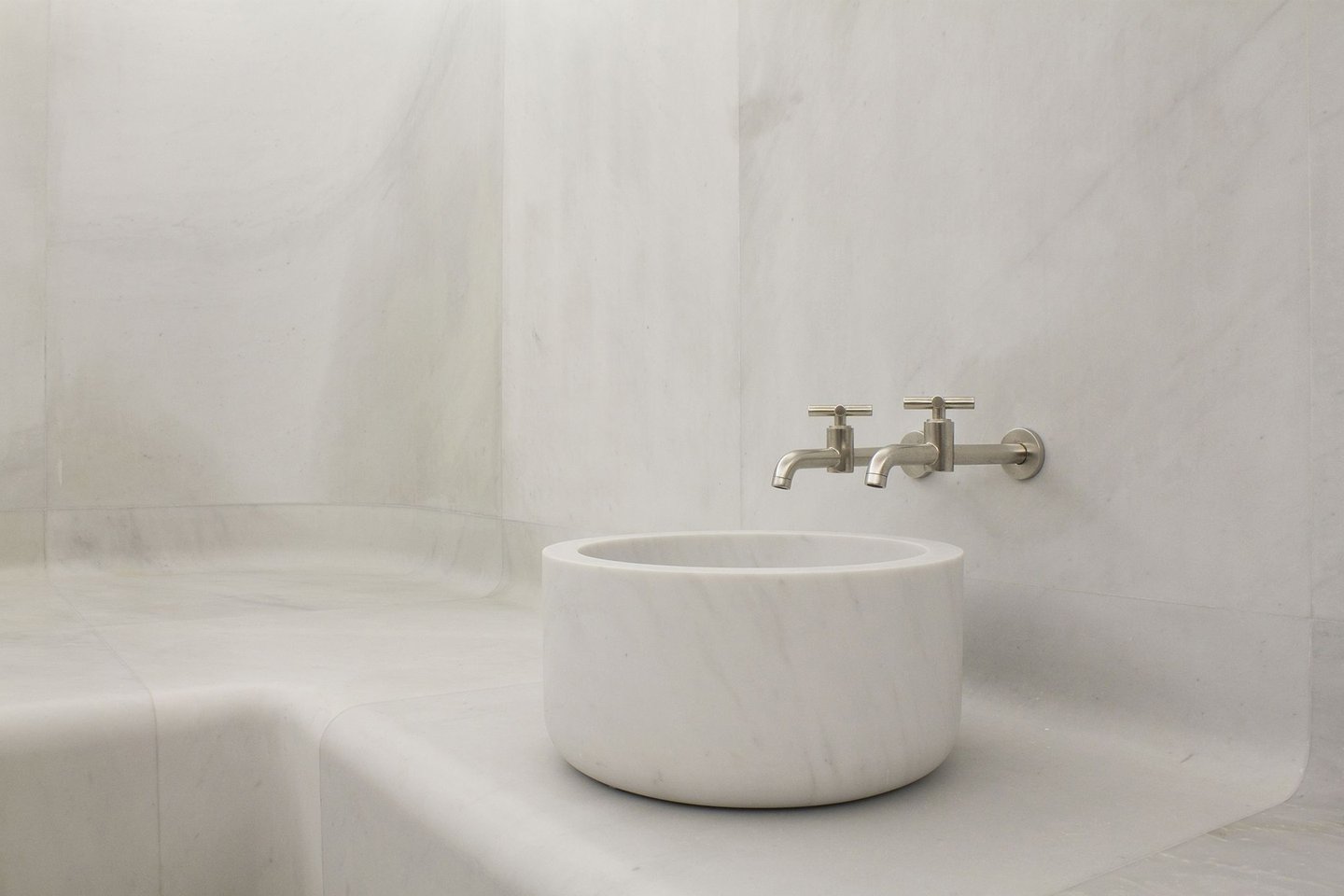
The Turkish Hammam: A Ritual of Rebirth
The hammam, or Turkish bath and the act of bathing within, is an ancient cleansing ritual rooted in the belief that purification of the body leads to purification of the soul. It has also been shown to have beneficial musculoskeletal effects, such as for those with arthritis, and positively impact cardiovascular health. A study also found that sulfur-rich springs had anti-inflammatory and antibacterial properties that helped soothe and heal chronic skin conditions. Within the domed walls of these steam-filled chambers, bathers undergo a thorough exfoliation, enveloped in warm mist before being scrubbed with a kese mitt to slough away dead skin. The ritual concludes with relaxation, the body supple and the spirit renewed.
Bringing the Hammam Home
A modern hammam-inspired bathroom embraces steam as a wellness tool. Installing a steam shower with temperature control can recreate the enveloping warmth of a traditional hammam. Natural stone, clay tiles and brass fixtures evoke the materiality of historic baths, while a dedicated space for exfoliation – a bench with organic soaps and a loofah – encourages mindful cleansing. Essential oils, such as eucalyptus or rose, add an aromatic dimension, transforming the space into a true sanctuary.
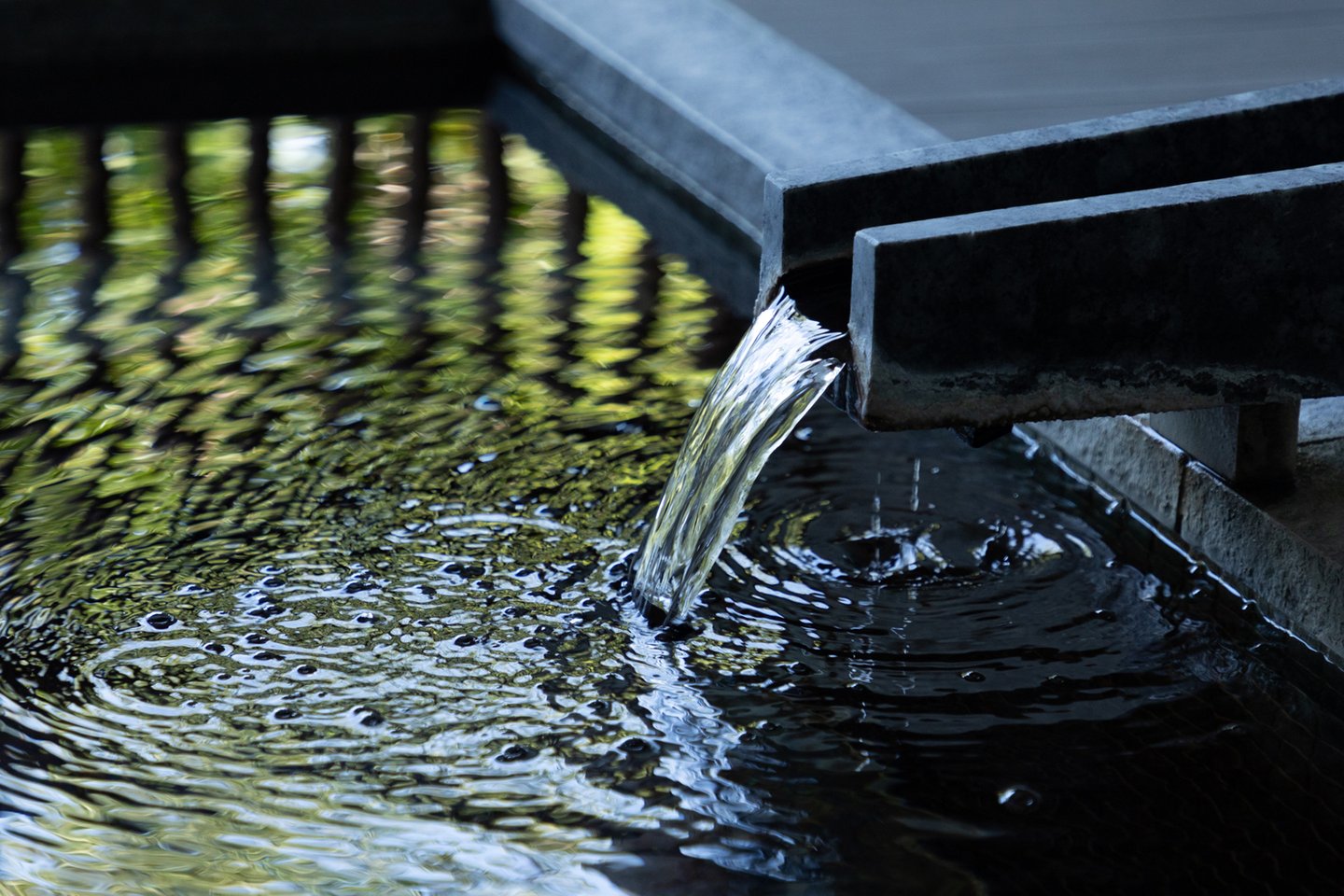
The Convergence of Wellness and Sustainability
While these traditions celebrate water’s therapeutic qualities, they also demand a mindful approach to its use. In an age of environmental urgency, honoring water is not just a cultural practice but a necessity. Sustainable design choices can ensure that wellness rituals do not come at the expense of the planet.
- Water Conservation: Low-flow showers, aerated taps and recirculating bathing systems reduce water consumption while preserving the integrity of ritual bathing.
- Natural Filtration: Onsen culture emphasizes mineral-rich waters; replicating this at home can be achieved through water filtration systems that remove impurities without excessive chemical treatment.
- Environmentally-Conscious Materials: The wood of a sauna or onsen-inspired bath and the stone of a hammam should be sourced sustainably, ensuring that the natural world that nourishes these traditions is also protected.
Water is sacred in so many ways. Across cultures and centuries, it has been revered not only for its necessity but for its power to heal, purify and connect us to something greater than ourselves. By integrating elements of these global traditions into our homes, we invite the wisdom of the past into the spaces where we seek rest and renewal. A home that reveres water is not only one of wellness but of deep respect – for tradition, for health and for the planet we share.
Feature Image: Sjöparken by Norm Architects. Photo courtesy of Jonas Bjerre-Poulsen
Photography: Kai/Adobe, Emilia Hoisko/Visit Finland, 4seasonsspa + Divisare, Shiryu01/Adobe


3 min read
Beyond the Faucet: Elevating the Standards of Bathroom Water Quality
As we continue our journey into the realm of water purity, the focus shifts to the bathroom. Uncover the importance of water filtration and the steps to ensuring cleaner, safer water for your bathing routine.


